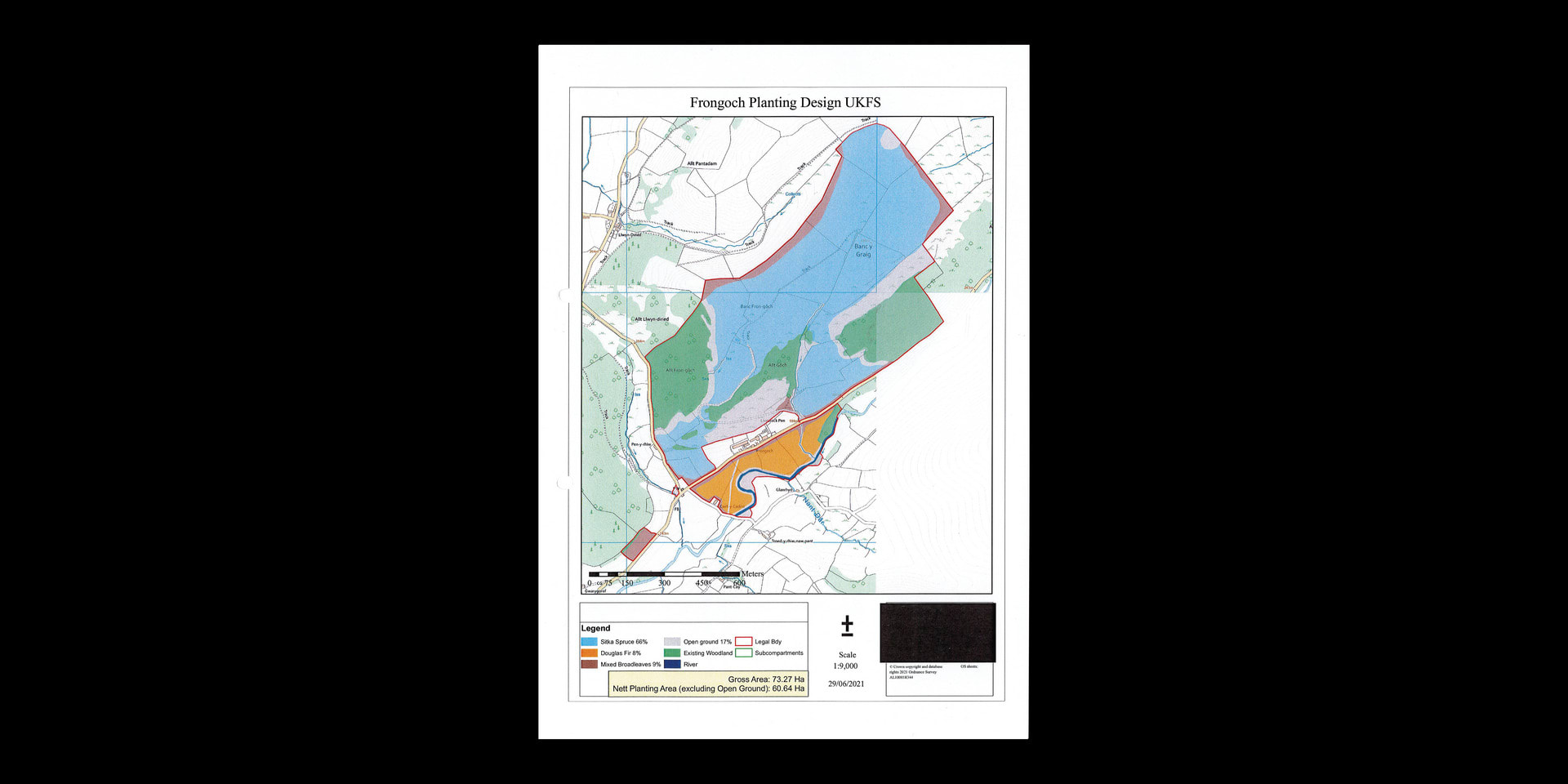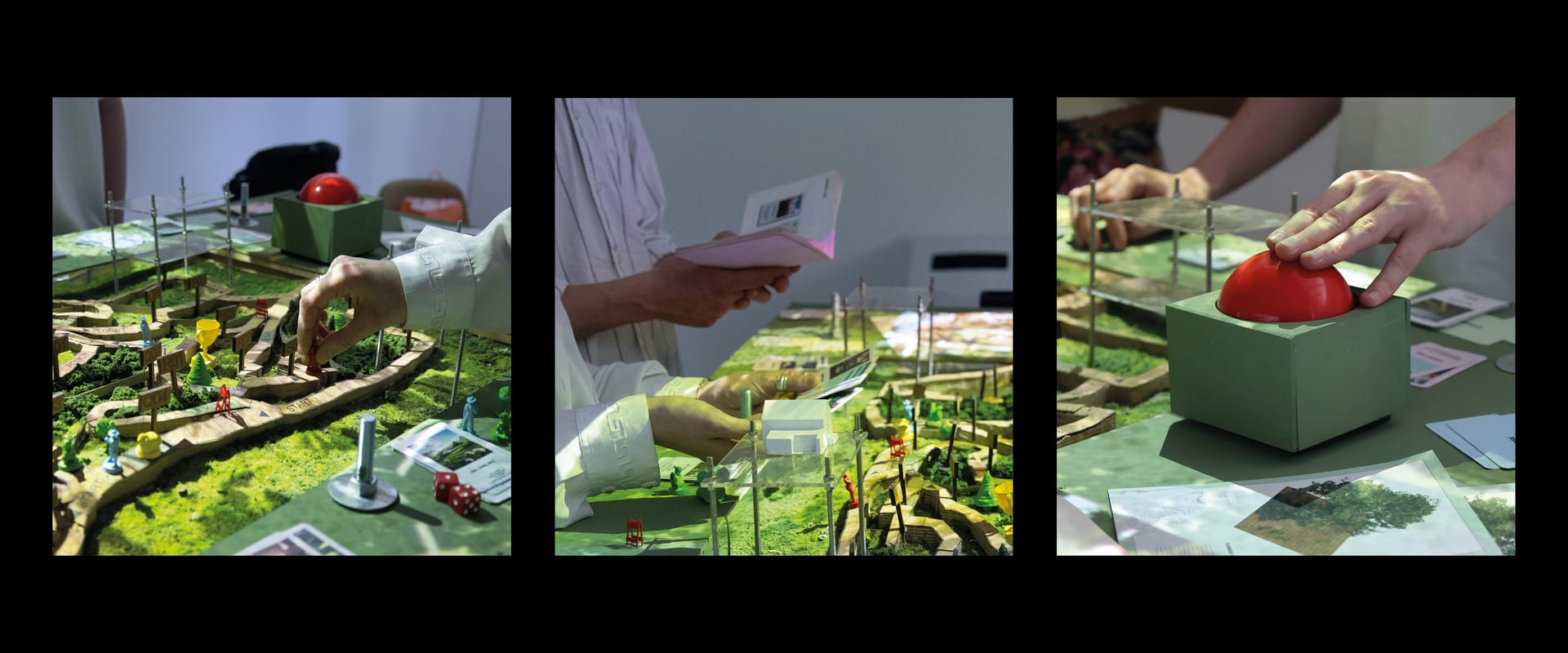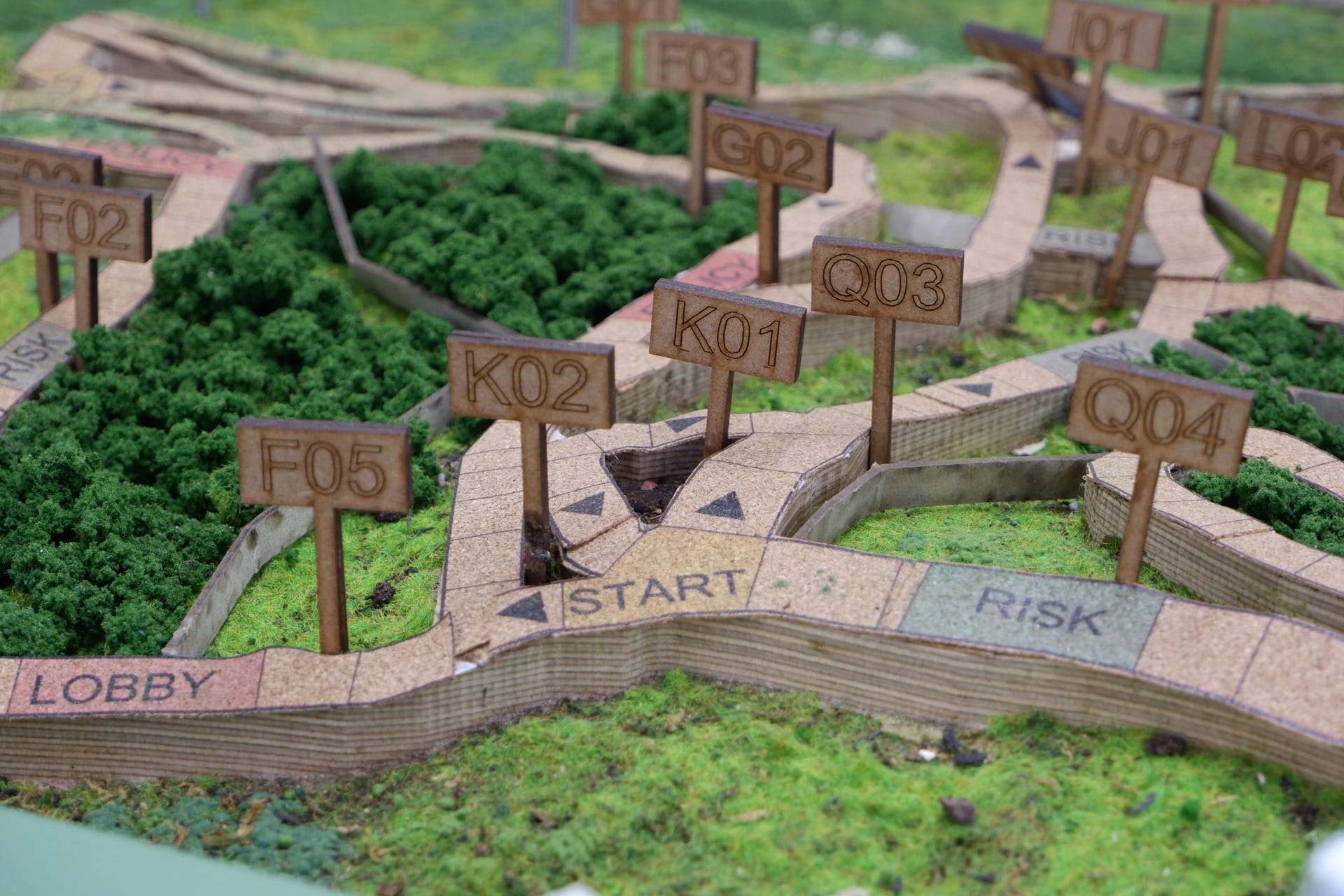Daniah is a spatial designer and researcher graduating in 2023 with a degree in MA Architecture from the Royal College of Art. She previously completed a Master in Engineering degree in Architecture and Environmental Engineering at the University of Nottingham. This degree, as well as her Iraqi and Jordanian backgrounds have underpinned her interests in climate politics, corrupt management of resources and land, and the exploitation of local economics, architecture and landscape development.
This has manifested into a research-based practice that she has established throughout her time at the RCA. Daniah's first year at the RCA focused on exploring the local vernacular and geopolitics of ancient ruin sites along the Jordanian-Syrian border. In doing so, she investigated the changing agricultural and tourism industries, exploring the relationship between natural elements of control, risks of desertification, and the politics of preservation in the light of economic development in the region. Research she has completed at the RCA also includes a study of soil and controlled water management in the Jordan River Valley, in-depth analysis into the development of postcolonial cities in the SWANA region from the mid-20th century to modern day "tabula rasa" digital cities and an investigation into internal colonial and territoriality conflicts in the Mesopotamian Marshlands.
This year, her project studies the effects of the rising global carbon market on human and non-human agencies in the United Kingdom, with a focus on management of public property and policies of land control.












